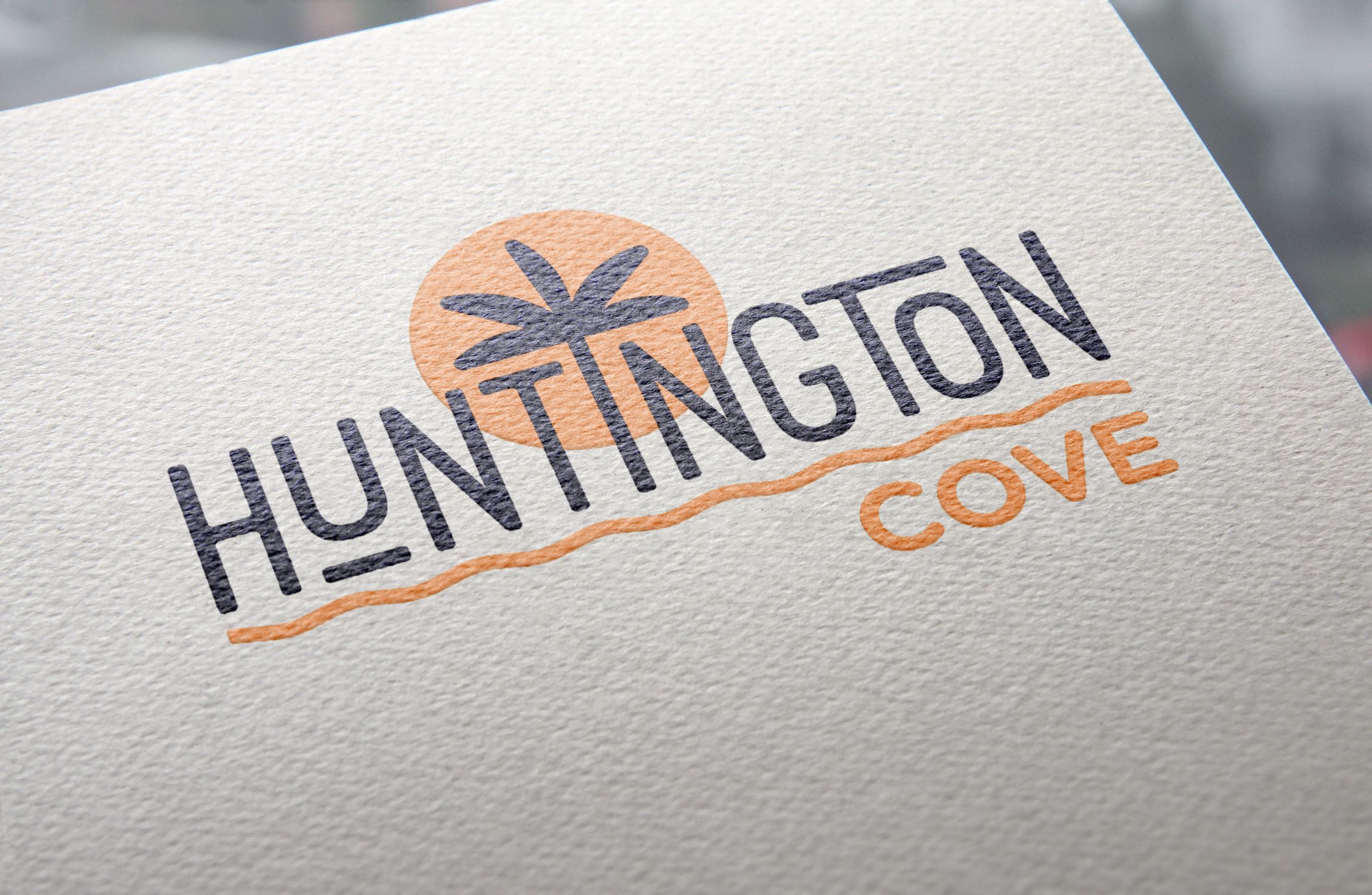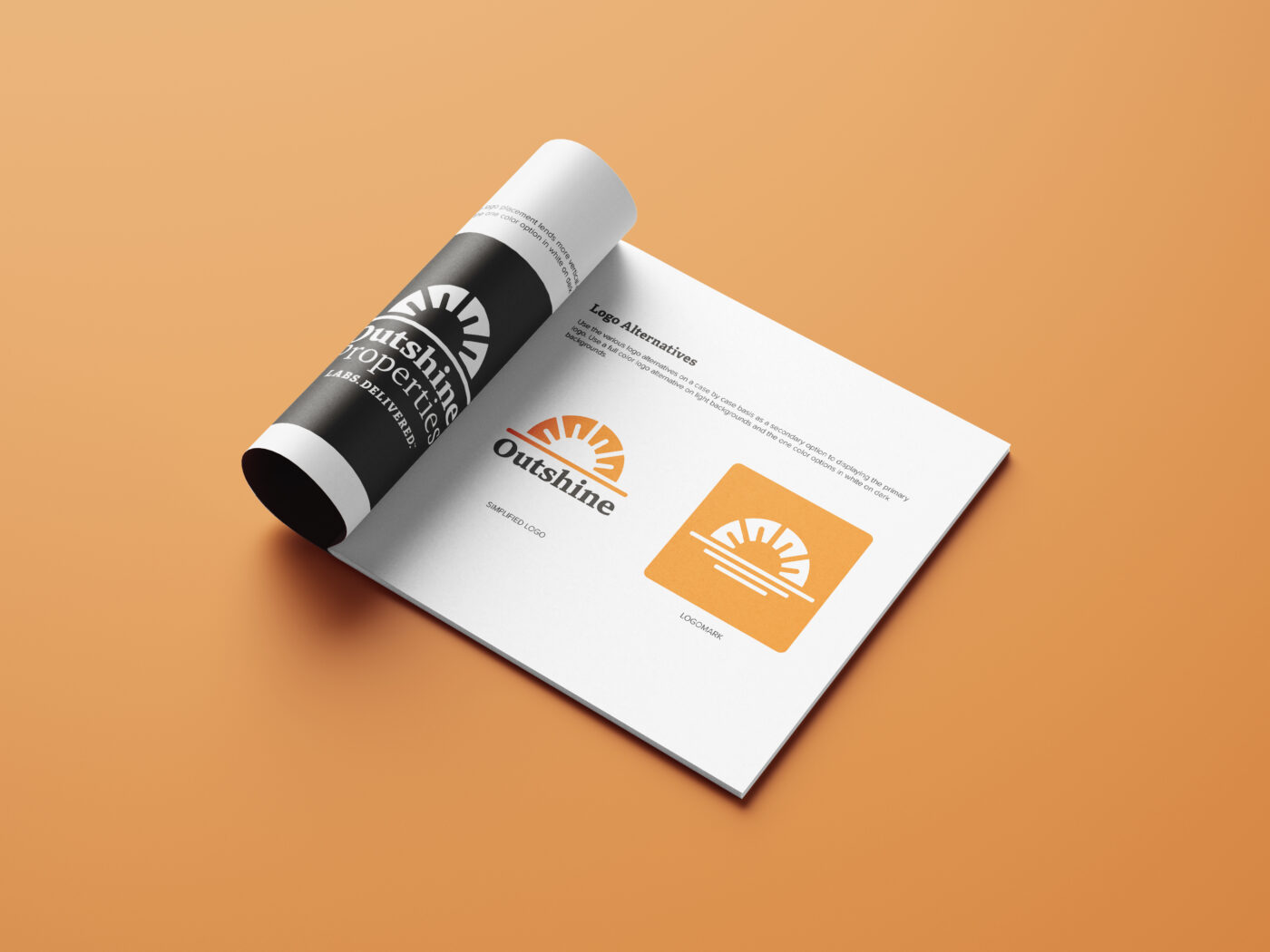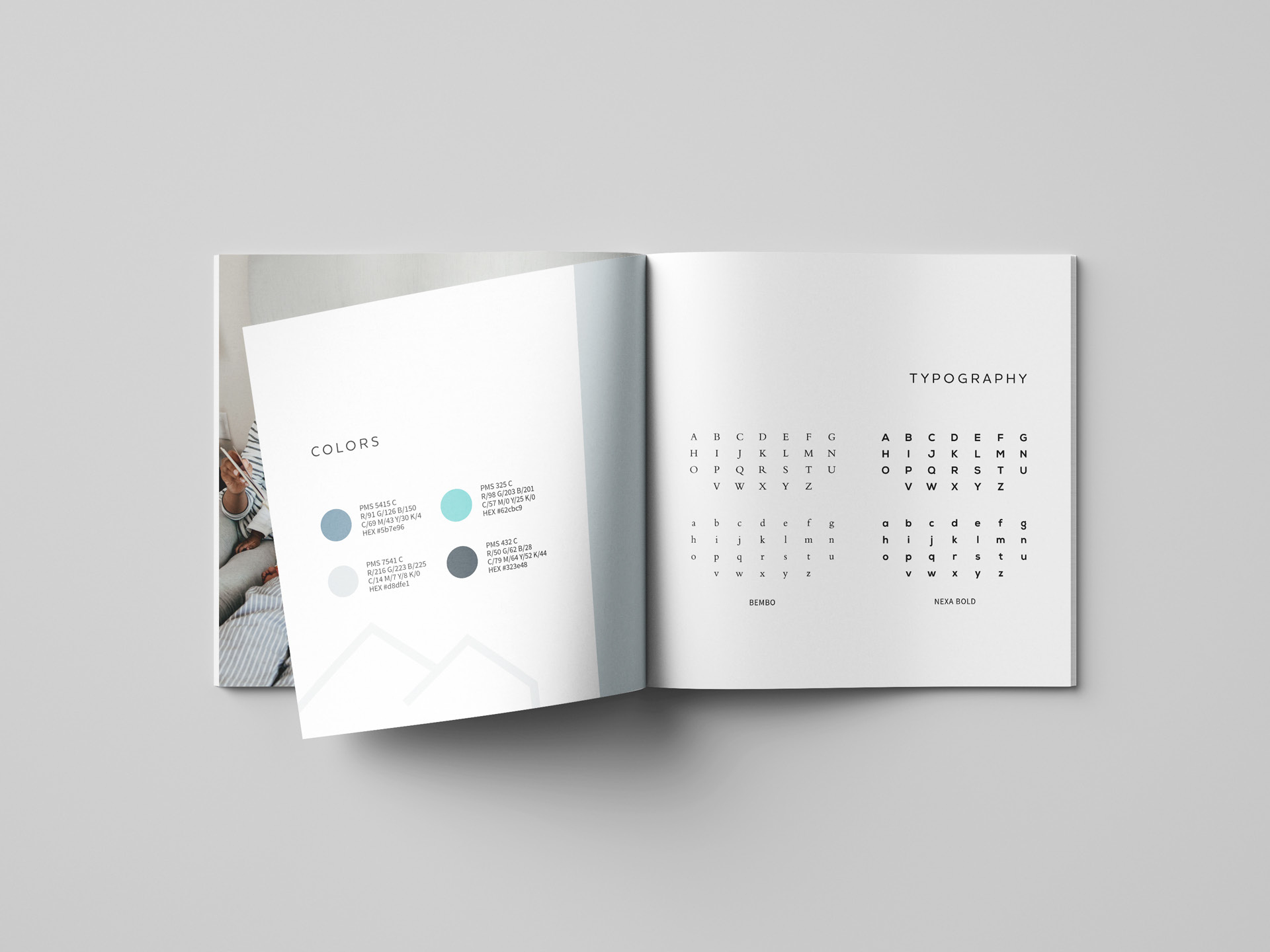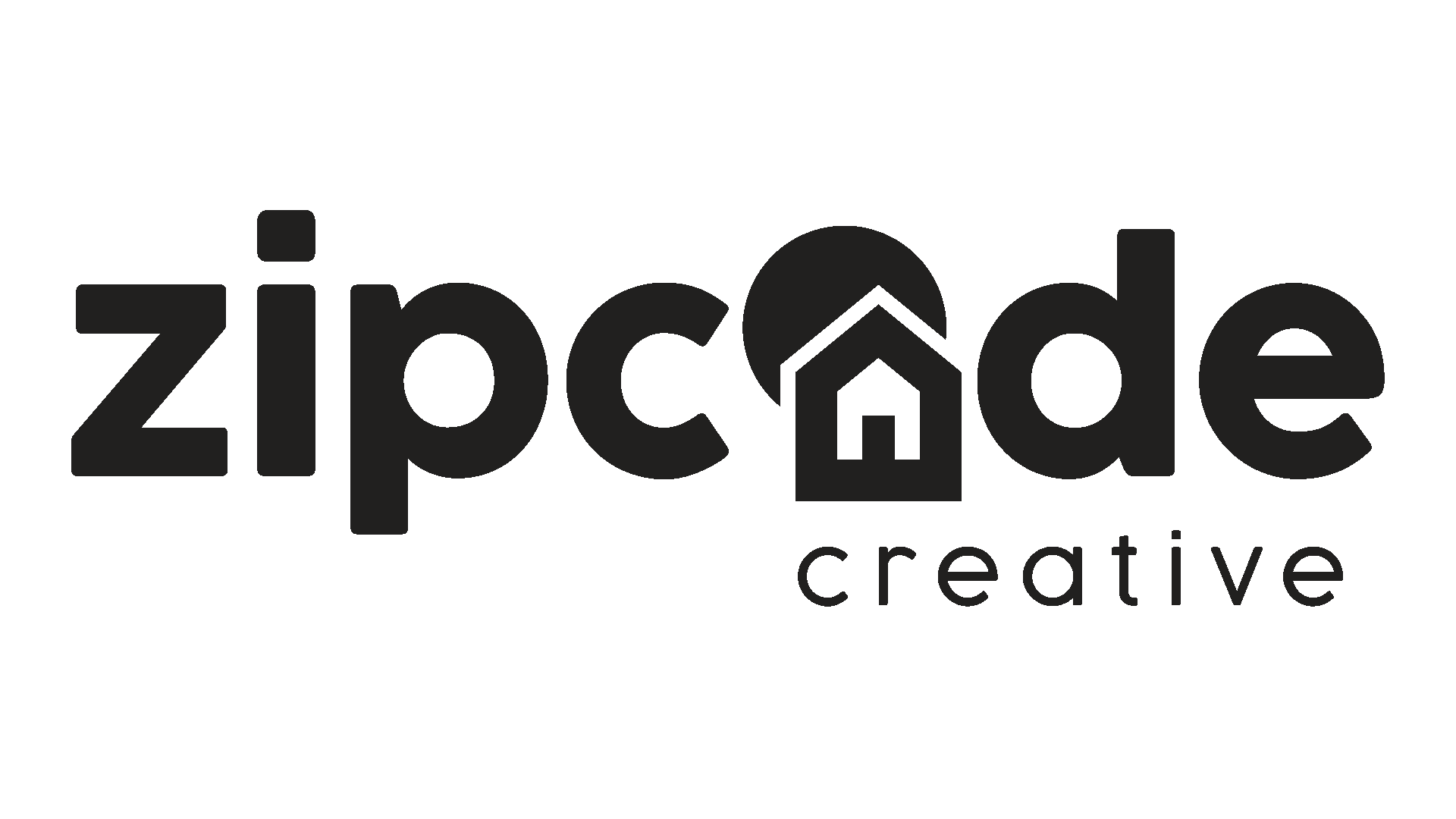
Brand Differentiation in Multifamily
Stacey Feeney
Welcome to the Multifamily Mini-Marketing Insights Series! Marketing your multifamily community is a big task. And while your best marketing methods might be happy accidents, you can be a lot more effective if you’re proactive about building the foundational marketing pieces of your brand—from the inside out. Today we’ll talk about brand differentiation: what it is, how to define your multifamily community’s brand differentiators, and how to use those differentiators effectively.
Definition of Brand Differentiation
WHAT IS IT?
What is brand differentiation? It’s how you show that you’re the right choice for your residents. It’s how you distinguish yourself and make your brand memorable and stand out. It sure sounds like a mouthful, but brand differentiation isn’t wildly complicated. In fact, it’s probably so simple that a lot of brands might not even be thinking about it (and they certainly aren’t leveraging it). Much like a “Spot the 10 differences” in children’s magazines, humans naturally compare one thing to another and identify the feature that’s not consistent.
WHY IS IT IMPORTANT?
It’s important to use brand differentiation to offer your unique selling proposition. What you offer that no one else does. Maybe you are the only 55+ active adult community with resort-style amenities in your town in Ohio. Maybe you have a unique access point to a hiking trail that’s exclusive to your residents. When you get specific with your offerings, you can beat out your competition—especially if you’re aware of who your ideal resident is. Competitive edge, engage!
STAY TRUE
One of the biggest draws for today’s buyer (or prospective resident in this case) is uniqueness and authenticity. Make sure you’re consistent in your branding (that’s another piece of differentiation) and really own who you are. Take a moment to create something about your brand that’s special. This can be created from scratch, especially if you’re marketing a new construction, or this differentiation exercise can help tailor an existing detail into a major selling point for your community.

How to Identify Your Community’s Differentiator
There are a couple of ways to approach differentiation. One industry might focus on one or two pieces, but no industry or company should be marketing the exact same “unique” thing—that’s the deal with differentiation.
EXPERIENTIAL
This kind of differentiator shows your prospective residents something that is completely unique and different from the typical multifamily experience. Maybe you have really fun, engaging community events that are well-attended every week. Perhaps you have a really friendly family atmosphere that you’re well known for. Or it’s possible that you’re offering high luxury amenities in an area where it’s typically lacking. All of these are experiential differentiators—take note of your resident reviews. See what stands out: Friendliness? Fun events? Fast maintenance service?
INNOVATIVE
The way that Volvo is known for safety, or Apple is known for clean, modern tech, your company can also be known for something that is innovative. You can use smart home features like a Nest thermostat, a Ring doorbell, and wi-fi enabled washers and dryers. If technology is important to your target resident, then it should be important to you. Additionally, younger residents are more concerned with the environment, and this could be the perfect moment to roll out a green initiative program, with energy star appliances, valet trash and recycling pick up, and showing off how you conserve water in your community. Keep these in mind—if you’re on the cusp of something big and bold and innovative with your community be sure to advertise it well.
BRANDING PRESENTATION
The cohesion between your marketing collateral and your company branding has to be tight to use this one for your differentiator. Tony the Tiger is inextricably linked to Frosted Flakes. McDonald’s golden arches and bright red color have worked for them throughout the years. This is a method of creating identifiable pairings of color, shape, and ideas with your brand, which helps you create brand recognition. Another piece within your presentation is your brand voice—are you youthful or experienced? Are you serious or a jokester? This can come through in your brand voice, and can help you stand out in your marketing collateral, simply because you sound different from the rest of the communities you’re in competition with.
INCENTIVES AND SPECIALS
This is always a bit of a tricky one. But if you can land on one side of the spectrum that’s different from the communities around you, you can set yourself up to do one of two things: 1) attract more prospective residents thanks to your value pricing; or 2) charge higher prices by selling yourself as a luxury brand.
EMOTIONAL
For multifamily communities, this brand differentiator can be easily leveraged. Emotions are a big factor in decisions. Think about the emotional connection that any resident makes with your community: Home. This is a place where they can feel comfortable, relaxed, and where all their favorite stuff is. Think specifically about the way that your community or apartments make your residents feel. Hone this differentiator into something that also takes into consideration another differentiator (such as your branding presentation) and combine them to create your brand’s distinctive offering.

Next Up In Brand Differentiation Definitions
(Say that five times fast.) After you define how you’d use each of the differentiation categories above,
ASK THESE QUESTIONS
1) Are you capable of the above options—with regularity? Tell the truth.
If you can’t do it, don’t claim it.
2) Who is your target resident and what do you offer to them right now?
Find your ideal resident and understand what differentiators are the ones you offer to them.
3) Which of your differentiators are most important and most relevant to them, specifically?
Of the differentiators you’ve determined, figure out the pain points of your audience and which ones are most important to them. Now: Use your differentiator as a solution.
4) Which differentiators can stand out from your competition?
(It’s not a differentiator if it’s the exact same one as your neighboring community.)
5) Can you prove what you’ve claimed?
Make sure you can back it up.
How Can You Use Brand Differentiation?
Now that you’ve identified what gives you your competitive edge, how can you use it? Set yourself apart in the categories you’ve created, and keep it consistent. A brand style guideline can be an effective tool to use while identifying your unique brand offers.
IN BRANDING
Being consistent and being authentic is key here. Work with zipcode creative to make sure your branding is on point across the board. We’ll make sure that any place your brand shows up, it looks good. If your logo or your tagline doesn’t feel like it works with your differentiator(s), we’ll be here to help rework it or start from scratch.
IN MESSAGING
This is where the rubber meets the road in brand differentiation. You are communicating what your specialty is, and why your prospective resident should choose you over your competitor. Find your biggest selling point that’s unique and run with it. Have it show up everywhere (mailer, e-blast, brochures, social media) so that at the end of the day it’s what you’re known for. Period.
READY, SET, ATTRACT
When your audience shares the same values as you, or if they have a problem that you’ve just claimed to solve, they’re probably ready to hop in the ol’ sales funnel and become a lead. You’ve just attracted one by leveraging your brand differentiators!


